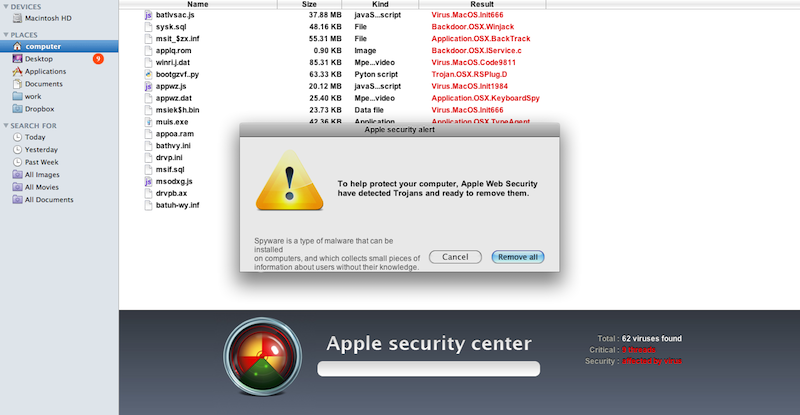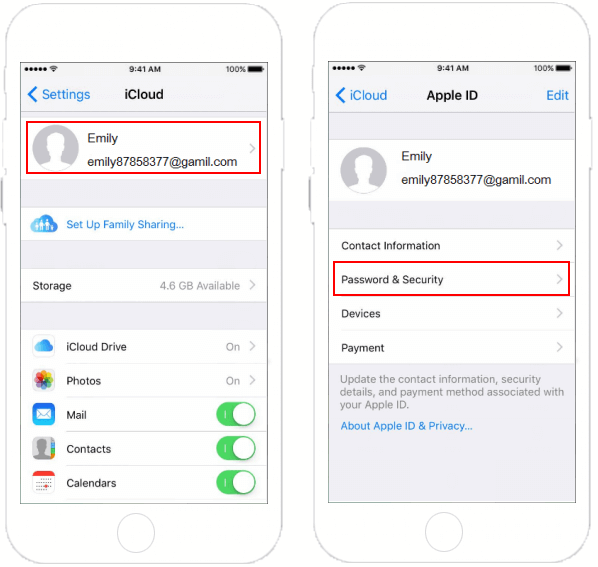
- #APPLE SECURITY UPDATE DELETE SAVED PASSWORDS HOW TO#
- #APPLE SECURITY UPDATE DELETE SAVED PASSWORDS CODE#
- #APPLE SECURITY UPDATE DELETE SAVED PASSWORDS WINDOWS#
iOS will automatically save them to your Keychain, and they will be synced across all your iOS devices and Macs, where they’ll automatically be filled in when you log into a site or app. If you can remember a password, it isn’t strong enough.īut you don’t even need to write these passwords down. You’ll need to authenticate with Face or Touch ID, and then you’ll be taken to a list of your app and site passwords. To see it in action, and to see which sites and apps you’ve reused passwords on, go to the Settings app on your iPhone, scroll down, and tap “Passwords & Accounts,” and then tap “Website & App Passwords.” This is where your Keychain is located.
#APPLE SECURITY UPDATE DELETE SAVED PASSWORDS HOW TO#
How to enable it: iOS’s password reuse auditing tool is a built-in feature in iOS 12 and higher.

The real advantage is that it visualizes how vulnerable you’ve made yourself by reusing the same password on multiple sites-and as we’ll see in a moment, you can easily create unique strong passwords for every site and app you use. However, that’s not the biggest advantage of this tool. You can see which websites you’ve reused passwords on and then give them unique passwords.

If you’re reusing passwords on multiple sites, cut it out-with your iPhone’s help.īut now thanks to password reuse auditing in iOS, you have no excuse to be lazy anymore. If just one of those sites or apps gets hacked, your information anywhere else you used that password is at risk. Two recent surveys found that 59% of people use the same password everywhere, and 83% of people reuse the same password on multiple sites. Before iOS 12, if you used the same four or five password variations out of laziness across hundreds of sites and apps, you weren’t alone. Why it’s important: Password reuse is a major security problem.
#APPLE SECURITY UPDATE DELETE SAVED PASSWORDS CODE#
Thanks to iOS’s security code autofill, 2FA will no longer slow you down. If an app or website offers 2FA, you should enable it immediately. Why it’s important: Apple eliminated the most annoying thing about 2FA, which means more people are now likely to adopt it. As soon as the text with the code arrives, it’ll be routed to the iPhone’s keyboard where you can just tap on the code to autofill it into the security field in an app or website. Now when you log into an app or website where you have 2FA enabled, you no longer need to navigate to the Messages app to retrieve your texted 2FA code. So Apple introduced a feature in iOS 12 and higher called security code autofill. The problem is many people choose not to enable 2FA, which has traditionally been a pain involving hopping back and forth and copying and pasting. Your iPhone can enter texted security codes for you. Even if someone else has your password, they won’t be able to break into your accounts if they can’t get the code. You have to input this code in order to gain access to your account. With 2FA enabled, logging into a website or app requires both your password and a unique code that is texted to your phone number or delivered via an app such as Google Authenticator. Scroll down to the “Privacy and services” section and set “Offer to save passwords” to “Off”.What it is: Many sites and apps-from Facebook and Google to financial services-offer two-factor authentication, or 2FA. Scroll down to the bottom of the Settings pane and click the “View advanced settings” button.


#APPLE SECURITY UPDATE DELETE SAVED PASSWORDS WINDOWS#
In Microsoft Edge on Windows 10, click menu > Settings. You can also remove them from here, if you like. You can see what names and passwords Safari already remembers by heading to Settings > Safari > Passwords. Disable the “Names and Passwords” option. On an iPhone or iPad, you’ll find this option in the main Settings app. You can remove saved passwords from this list, if you like. You can see which user names and passwords Safari already remembers by clicking the “Edit” button to the right of User names and passwords or clicking the “Passwords” icon at the top of Safari’s preferences window. Click the “AutoFill” tab at the top of the window and uncheck “User names and passwords”. In Safari on a Mac, click Safari > Preferences. You can click the “Saved Logins” button here to see what passwords Firefox has already saved and remove them from Firefox, if you like.


 0 kommentar(er)
0 kommentar(er)
